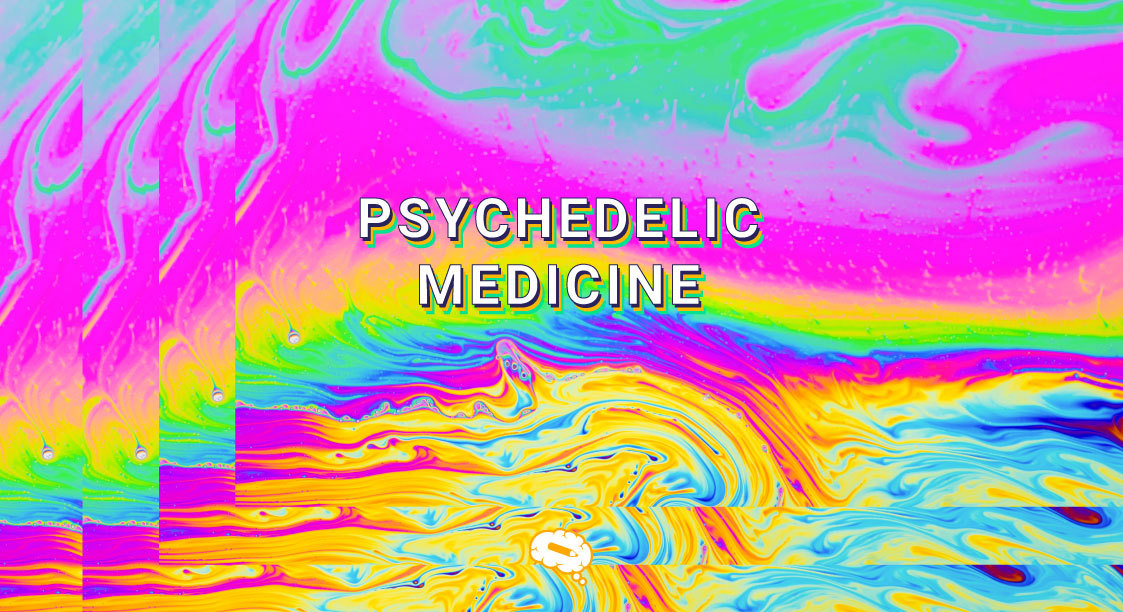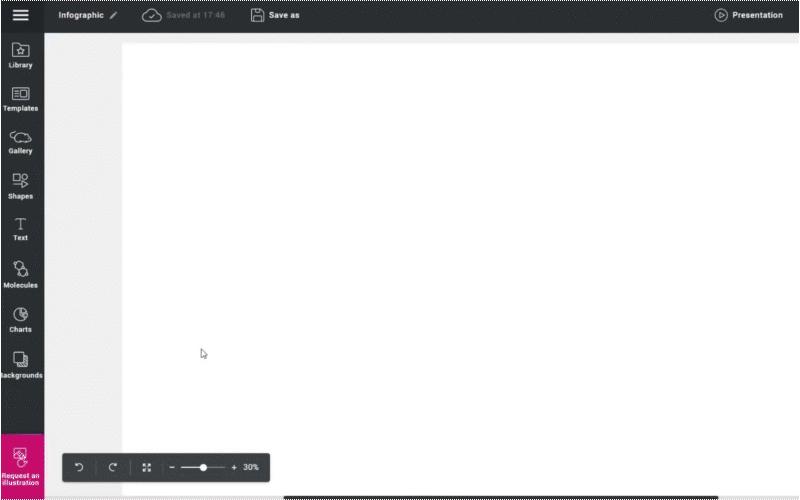Psychedelic medicine is a rapidly emerging field of research that is gaining attention for its potential to revolutionize the treatment of mental health disorders. Psychedelic drugs, such as psilocybin, MDMA, and LSD, have long been associated with recreational use and counterculture movements. However, recent studies have shown that these substances may have therapeutic effects when used in a controlled and supervised setting.
From treating depression and anxiety to addiction and PTSD, psychedelic medicine is showing promising results in improving the lives of patients who have not responded to traditional forms of treatment. This article will explore the history of psychedelic medicine, the science behind it, how it works, and the potential for its use in the treatment of mental health disorders.
What are psychedelics?
Psychedelics are a class of psychoactive substances that alter perception, mood, and cognition. These substances include natural compounds found in plants such as psilocybin (found in “magic mushrooms”) and mescaline (found in the peyote cactus), as well as synthetic substances such as LSD (lysergic acid diethylamide) and MDMA (3,4-methylenedioxymethamphetamine, also known as ecstasy or molly).
Psychedelics produce profound changes in consciousness, often characterized by alterations in sensory perception, thought patterns, and emotional experiences. These experiences can include visual and auditory hallucinations, changes in mood and emotional intensity, altered sense of time and space, and a sense of connectedness with others or the universe.
Psychedelics are often used recreationally for their euphoric and mind-altering effects, but they are also being studied for their potential therapeutic uses in the treatment of mental health disorders. Research suggests that these substances may help individuals gain new insights and perspectives on their lives and improve their emotional well-being when used in conjunction with psychotherapy and under the guidance of trained professionals.
How psychedelic medicine is used for treatment?
Psychedelic medicine is typically used in conjunction with psychotherapy as a treatment for a range of mental health disorders, including depression, anxiety, PTSD, and addiction.
The therapeutic use of psychedelic medicine typically involves a guided session in which the individual is administered a controlled dose of the psychedelic substance in a safe and supportive environment. The individual is then guided through the experience by a trained therapist, who helps the person navigate their thoughts, emotions, and sensations during the experience.
The goal of psychedelic-assisted therapy is to help the individual gain new insights and perspectives on their life and to process and integrate any difficult emotions or experiences that may have contributed to their mental health disorder. The experience can help the individual break out of patterns of negative thinking and behavior and develop new ways of coping with stress and trauma.
Psychedelic-assisted therapy typically involves a series of sessions for several weeks or months, with each session spaced out to allow the individual to integrate their experiences and insights.
It is important to note that the therapeutic use of psychedelic medicine is still in the early stages of research and development, and is currently not legal in many countries. Anyone considering the use of psychedelic medicine for therapeutic purposes should do so under the guidance of trained professionals and in a legal and regulated setting.
Types of psychedelic medicine
There are several types of psychedelic medicine, including:
Psilocybin
Which is the active ingredient found in “magic mushrooms”. It is a naturally occurring substance that can produce profound changes in perception, mood, and cognition.
LSD
LSD (lysergic acid diethylamide) is a synthetic substance that can produce powerful hallucinations and altered states of consciousness.
MDMA
MDMA (3,4-methylenedioxymethamphetamine) is a synthetic substance that can produce feelings of euphoria and increased empathy. It is often used recreationally but is also being studied for its potential therapeutic uses in the treatment of PTSD and other mental health disorders.
DMT
DMT (dimethyltryptamine) is a naturally occurring substance found in certain plants and animals. It is known for producing intense and vivid visual and auditory hallucinations.
Ketamine
This is a dissociative anesthetic that can produce hallucinations and altered states of consciousness. It is being studied for its potential therapeutic uses in the treatment of depression and other mental health disorders.
Ibogaine
Ibogaine is a naturally occurring substance found in the iboga plant. It is being studied for its potential therapeutic uses in the treatment of addiction and other mental health disorders.
It is important to note that the use of these substances for therapeutic purposes should be done under the guidance of trained professionals in a controlled and legal setting.
What are the pros and cons?
Psychedelic medicines are typically used in conjunction with psychotherapy to help individuals explore their thoughts, emotions, and behaviors in a safe and controlled environment.
Pros of psychedelic medicine
Treatment for mental health disorders
Psychedelic medicine has shown promising results in the treatment of various mental health disorders, including depression, anxiety, PTSD, and addiction.
Increased emotional awareness
Psychedelics can help individuals gain a deeper understanding of their emotions and provide a new perspective on their lives.
Enhanced creativity
Psychedelics have been known to increase creativity and promote artistic expression.
Improved interpersonal relationships
Psychedelics have been shown to increase empathy and social bonding, which can lead to improved relationships with others.
Cons of psychedelic medicine
Risks associated with drug use
Psychedelics are still illegal in most countries, and their use can come with legal and social consequences.
Negative experiences
They can induce powerful and sometimes difficult experiences that can be challenging to manage without proper support and guidance.
Risks for individuals with certain medical conditions
These kinds of medicine can be dangerous for individuals with certain medical conditions, such as heart problems or a history of psychosis.
Lack of research
Although there is growing evidence to support the therapeutic potential of psychedelic medicine, there is still a lack of large-scale clinical trials and research on the long-term effects of these substances.
In conclusion, psychedelic medicine has the potential to be a powerful tool for treating mental health disorders and promoting personal growth and development. However, it is important to consider the potential risks associated with their use and to approach their use with caution and under the guidance of trained professionals.
On-demand figures and illustrations to communicate science
Mind the Graph is a platform that offers scientists and researchers a variety of figures and illustrations to create professional and visually appealing presentations to communicate their scientific research more effectively. Mind the Graph offers scientific accuracy with a library of scientific illustrations and icons that are based on current scientific knowledge. It saves time by allowing users to create professional-looking figures quickly and easily.

Subscribe to our newsletter
Exclusive high quality content about effective visual
communication in science.





